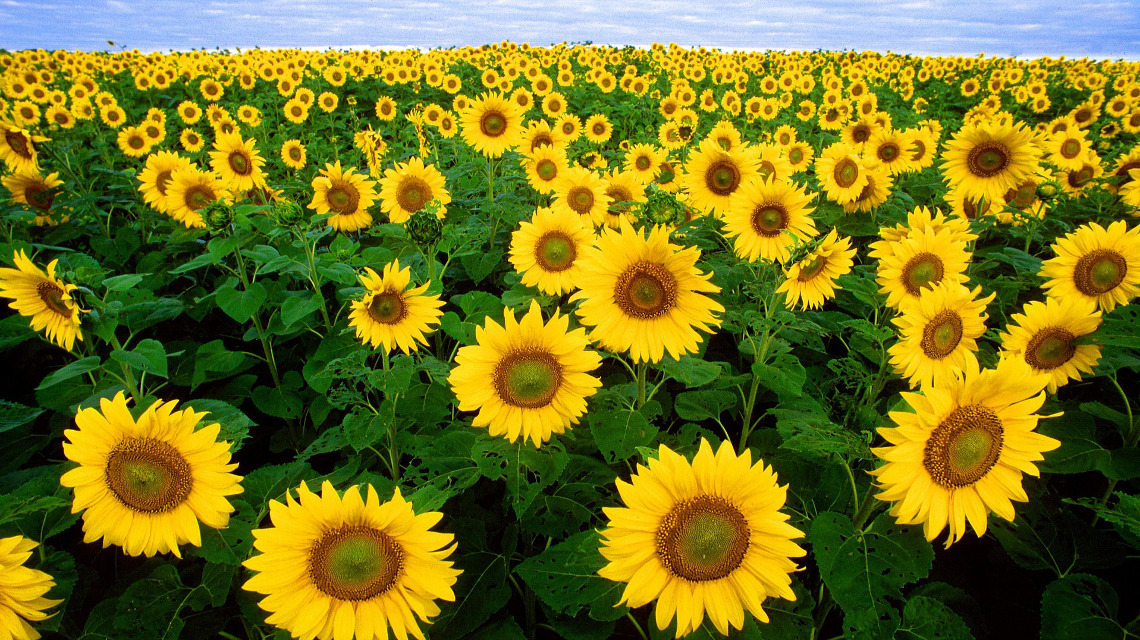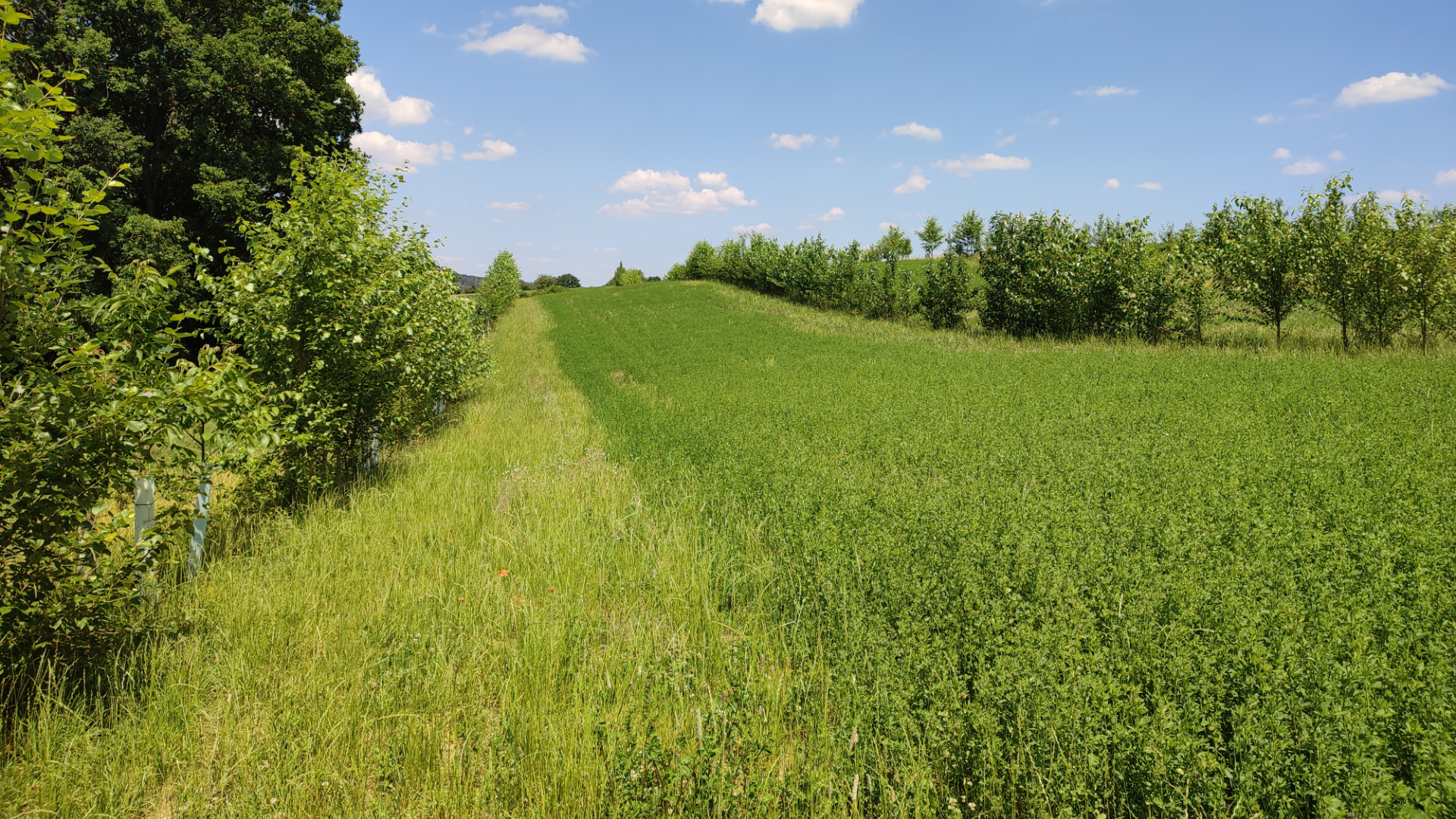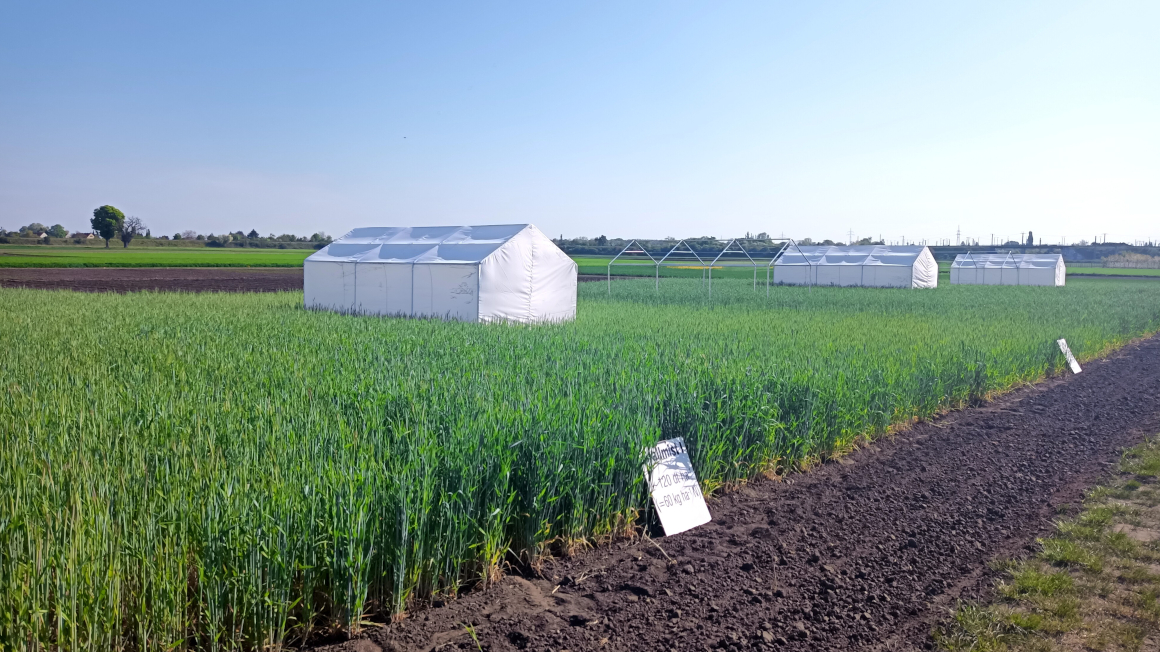Restoring arable soils with catch crops
Not only legumes, but also crops such as sunflowers are suitable as catch crops to remove pollutants from agricultural soils. This is shown in a study by the Helmholtz Center for Environmental Research.

Catch crops such as field mustard or legumes are small all-rounders for agriculture: they serve as animal feed or remain on the field as green manure to prepare or improve the soil for the next main crop. In this way, plants are supplied with nutrients, humus formation is promoted, the water, nutrient and carbon balance in the soil is stabilized and erosion is prevented. However, their potential as pollutant removers has so far been underestimated.
Phytoremediation in agriculture
A study by researchers at the Helmholtz Centre for Environmental Research (UFZ) shows which plants are suitable for so-called phytoremediation in agriculture and which pollutants can be removed with which plants. A team led by first author Pooja Sharma combed through more than 100 scientific studies. In their study, which has been published in the journal Trends in Plant Sciences, the researchers show which plants are suitable for removing pollutants or fixing them in the root zone. The basic ability of the plant to break down pollutants was not the only criterion for the researchers. “We also looked for plants that are able to break down or fix these pollutants based on six pollutant categories - nitrate, salts, metals, pesticides, plastics and antibiotic resistance genes,” explains Sharma.
Food plants as pollutant removers
As a result of the extensive research, the team developed phytoremediation concepts for the six pollutant categories. This showed that not only known catch crops are suitable as pollutant removers. Rye and sunflower can also be used as catch crops. The reason: they absorb nitrate because they need it to grow, thus preventing the nutrient from being washed out of the soil and entering the groundwater.
According to the study, clover varieties, rye and rapeseed, as well as sunflowers, can also remove unwanted metals such as cadmium from the soil. "The catch crops that are used to remove metals are generally not suitable as animal feed. However, they could play a role in the production of biogas," says Sharma. As the metals are mainly deposited in the leaves of the sunflower, the seeds could be harvested here. The same applies to field mustard - a catch crop that removes pesticides from the soil in particular - as well as sweet grass or East Indian hemp.
A future concept for healthier soils
Even if no suitable plants were found for plastic and antibiotic resistance genes, the team is convinced: “We believe that using catch crops to manage soil pollutants is an efficient future concept for healthier soils and more sustainable agriculture,” says co-author Maria Muehe.
bb


